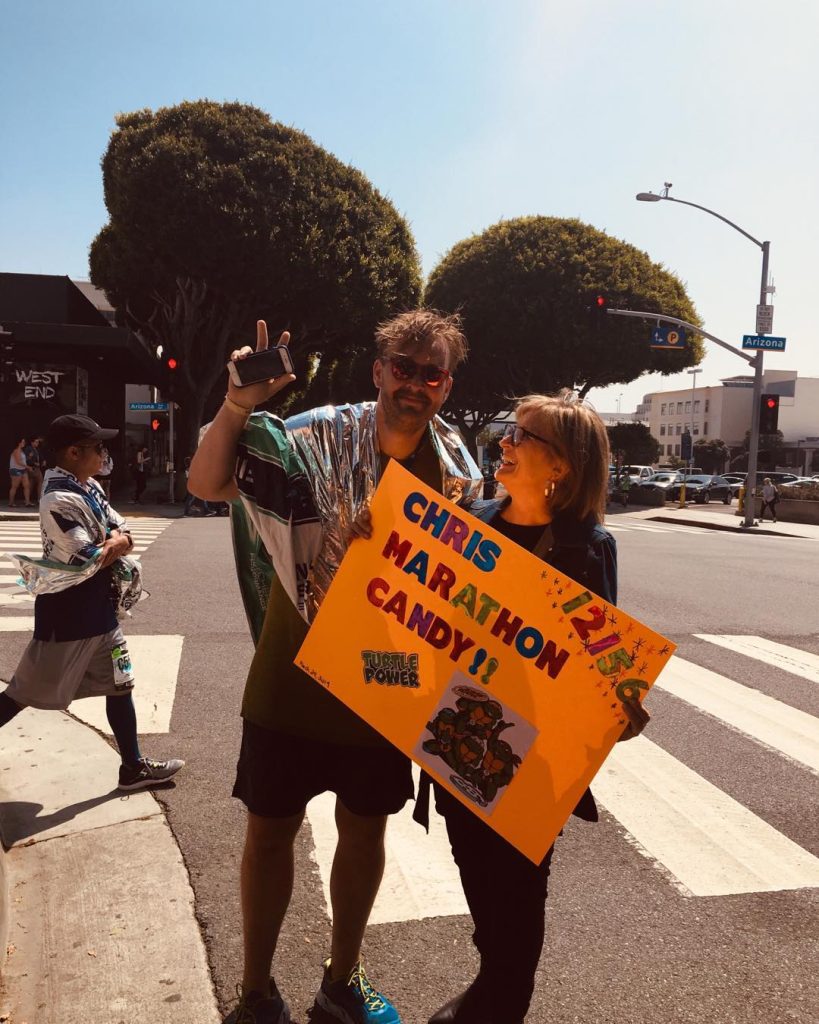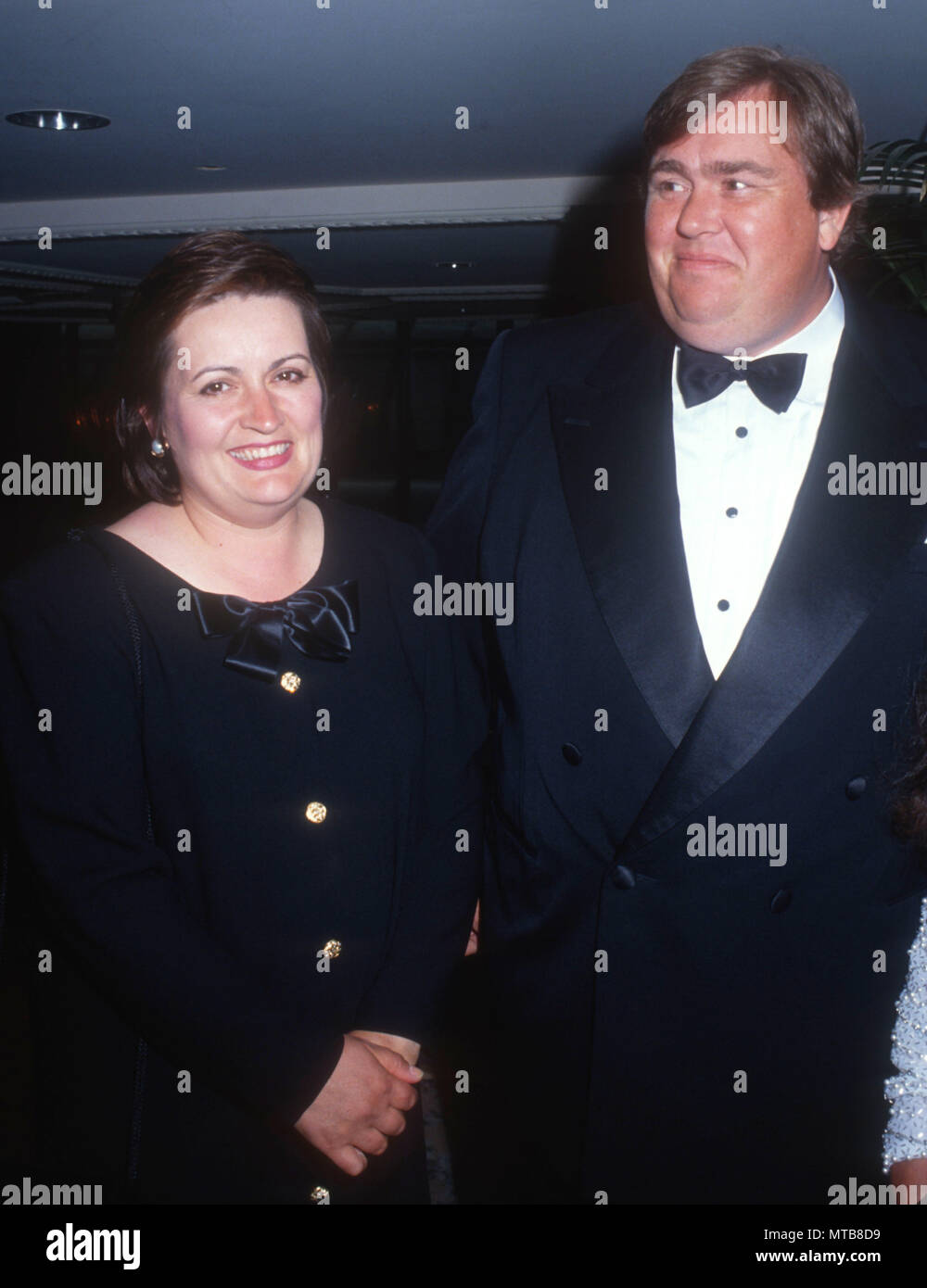Who was the woman behind one of Hollywood's most beloved comedic actors? Rosemary Margaret Hobor, the widow of John Candy, remains a fascinating figure in her own right. Her life intertwined with the legendary actor’s career and personal journey offers an intriguing narrative that deserves exploration. A bold statement emerges when considering her role not just as a spouse but also as a ceramic artist whose creative pursuits have left a lasting impression on those who knew her.
Rosemary Margaret Hobor's connection to John Candy began long before their marriage in 1979. Their meeting in Toronto during the late 1960s set the stage for what would become a deeply rooted relationship spanning over two decades. Despite John Candy's rise to fame through iconic roles in films like Planes, Trains and Automobiles and Uncle Buck, he maintained a private family life. This privacy extended even after his untimely death in 1994 at age 43. As a result, much about Rosemary and her contributions remains shrouded in mystery, waiting to be uncovered.
| Bio Data | Details |
|---|---|
| Full Name | Rosemary Margaret Hobor |
| Date of Birth | March 28, 1951 (Age 73) |
| Place of Birth | Toronto, Ontario, Canada |
| Profession | Ceramic Artist |
| Marital Status | Widow |
| Spouse | John Candy (Deceased) |
| Children | Jamie Candy, Jennifer Candy |
| Notable Achievements | Renowned Ceramicist; Honoring John Candy's Legacy |
| Reference Website | Biography.com - John Candy |
Rosemary's dedication to maintaining her independence following John's passing has been remarkable. She chose not to remarry and instead focused on raising their children, Jamie and Jennifer Candy, while preserving her husband's legacy. Her resilience and commitment to family reflect a strength often overlooked amidst the glamour of Hollywood stories. Through interviews and public appearances, she has shared glimpses into their life together, painting a picture of love and partnership that transcended the spotlight.
The couple met in the vibrant arts scene of Toronto, where both were pursuing their passions—Rosemary as a ceramicist and John as a burgeoning comedian. Their union was built on mutual respect and support for each other's artistic endeavors. Even as John's star rose internationally, Rosemary remained grounded in her craft, continuing to produce works that showcased her talent and creativity. This balance between professional ambition and personal devotion characterized their relationship throughout its duration.
In the years since John's death, Rosemary has worked tirelessly to ensure his memory lives on. Whether through supporting initiatives tied to his career or simply by being present at events celebrating his contributions to comedy, she plays a vital role in keeping his spirit alive. Her decision to live authentically as a widow speaks volumes about her character and values, offering inspiration to many who admire her fortitude.
Rosemary's influence extends beyond her immediate family circle. As a ceramic artist herself, she brings beauty and functionality into people's lives through her creations. Her work reflects themes of nature, simplicity, and elegance, qualities mirrored in how she approaches her daily existence post-John. By embracing her identity fully without seeking external validation, she exemplifies grace under pressure—a trait increasingly rare in today's fast-paced world.
For fans of John Candy, learning more about Rosemary provides additional layers to understanding the man behind the screen persona. It reveals a side of him less documented yet equally important: his role as a devoted husband and father. Together, they navigated challenges unique to celebrities while nurturing genuine connections within their household. Such insights enrich our appreciation of both individuals and deepen our admiration for their enduring bond.
Rosemary Margaret Hobor continues to inspire through her steadfastness and authenticity. In honoring John Candy's legacy, she honors herself too, proving that true partnership endures far beyond physical presence. Her story serves as a reminder of the power inherent in choosing paths aligned with inner convictions rather than societal expectations. As we delve further into her journey, it becomes clear why so many hold her in high regard—not merely because of whom she married but due to who she truly is.
Today, Rosemary resides quietly in Canada, focusing on her artistry and cherishing memories of her beloved John. Though media attention occasionally revisits her life, she prefers staying out of headlines unless directly related to projects commemorating her late husband. This deliberate choice underscores her priorities: family, art, and legacy preservation above all else. For those fortunate enough to encounter her work or hear her speak, there exists no doubt regarding the profound impact she carries forward from one generation to the next.
As time progresses, new generations discover John Candy's comedic genius anew, ensuring his relevance persists indefinitely. Behind every great man stands an equally remarkable woman, and in this case, Rosemary Margaret Hobor embodies that truth wholeheartedly. Her quiet strength, combined with her artistic talents, paints a fuller portrait of the forces driving such legendary partnerships. Thus, exploring her life adds depth and dimension to narratives surrounding John Candy, making them richer and more meaningful overall.




